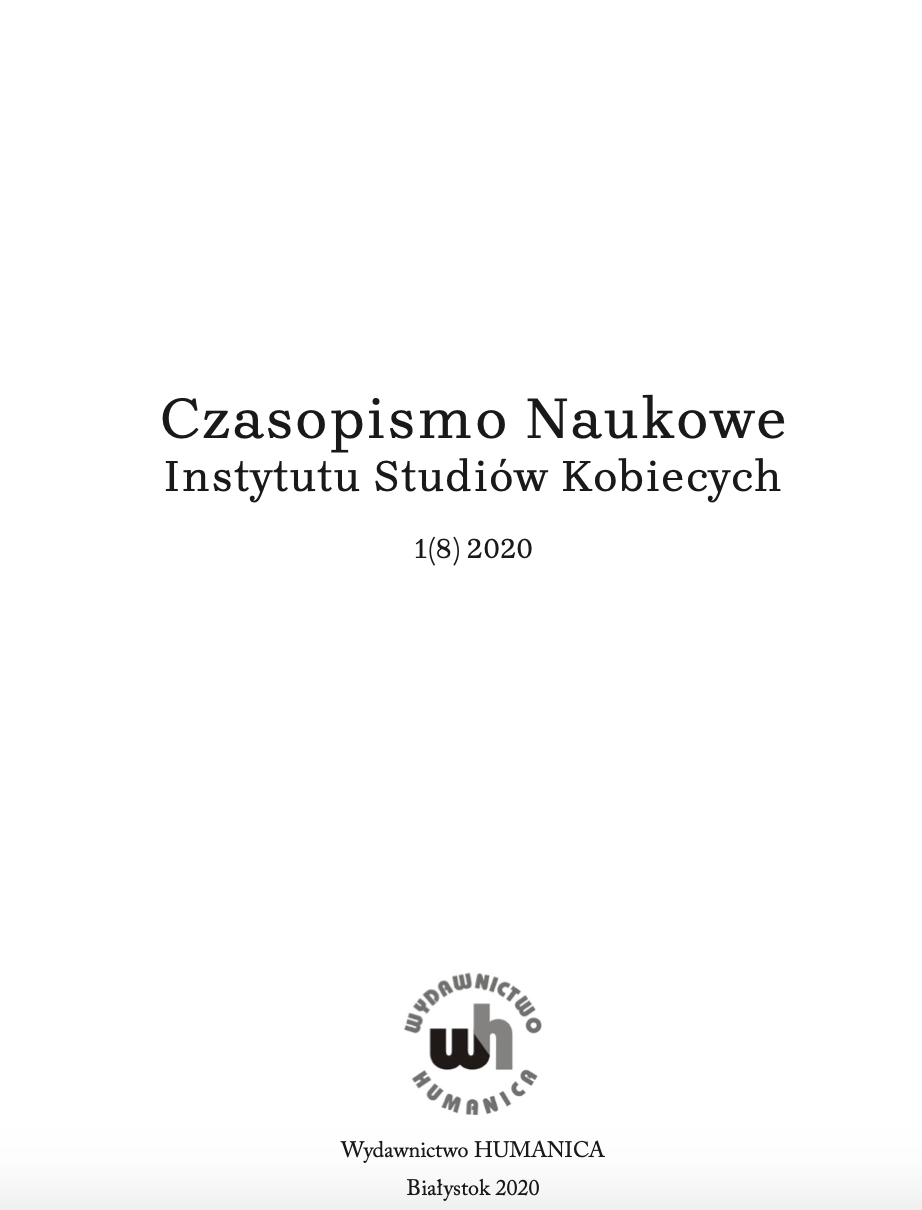Kobieca asceza w niemieckim pietyzmie na przełomie XVII i XVIII wieku. Listy Wiary jako źródło do badania dziejów religijności kobiet
WOMANS ASCETICISM IN GERMAN PIETISM AT THE TURN OF THE 17TH AND 18TH CENTURIES. LETTERS OF FAITH AS A SOURCE FOR STUDYING THE HISTORY OF WOMENS RELIGIOSITY
Author(s): Magdalena GąsowskaSubject(s): Literary Texts, Social history
Published by: Wydawnictwo HUMANICA Instytut Studiów Kobiecych
Keywords: asceticism; Lutheranism; Spener; woman; devotion
Summary/Abstract: The writings of Filip Jakob Spener about women of pietism had a contradictory message for them: on the one hand, the pianist called for reform, proclaimed the priesthood of all believers and encouraged women to be smiths of their own spiritual development; on the other hand, the thinking of pietist leaders differed little from traditional views on women and their submission to men. Sam Philipp Jakob Spener hesitated what roles and commitment are open to women. In the "spiritual priesthood" of 1677, he encouraged women to read and interpret the Bible. They had full right to discuss the Scriptures and instruct fellow believers. He even noticed that in some homes there were women who God blessed with understanding and who talk to families at a meeting in the home church. Philipp Jakob Spener had deep reservations about female prophets since their first appearance in the early 1690 more than A. H. Francke. Spener was essentially open to the possibility of ecstatic experiences and direct revelations from God, but soon began to analyze them, because the Bible warns of false prophets who will appear in the last days. Influenced by Spener, Francke finally rejected the authority of women's ecstatic experiences and the message they contained.
Journal: Czasopismo Naukowe Instytutu Studiów Kobiecych
- Issue Year: 2020
- Issue No: 9
- Page Range: 26-41
- Page Count: 16
- Language: Polish

